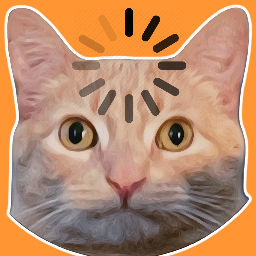Decided to just shoot a semi-random part of Cygnus. The large extended Ha region in Cygnus is unofficially called Smaug, and this is a photo specifically of the area around LBN 325/326. The nebulosity in this pic is false color, but the stars are true color RGB. I really love how this turned out with the narrowband palette, especially with the Oiii region on the right side looking almost like a true color Ha region. Captured over a shitload of nights from Aug-Oct 2024 from a bortle 9 zone.
Places where I host my other images:
-
TPO 6" F/4 Imaging Newtonian
-
Orion Sirius EQ-G
-
ZWO ASI1600MM-Pro
-
Skywatcher Quattro Coma Corrector
-
ZWO EFW 8x1.25"/31mm
-
Astronomik LRGB+CLS Filters- 31mm
-
Astrodon 31mm Ha 5nm, Oiii 3nm, Sii 5nm
-
Agena 50mm Deluxe Straight-Through Guide Scope
-
ZWO ASI-290mc for guiding
-
Moonlite Autofocuser
Acquisition: 57 hours 40 minutes (Camera at -15°C), NB exposures at unity gain and BB at half unity
-
Ha - 111x600"
-
Oiii - 127x600"
-
Sii - 94x600"
-
R - 48x60"
-
G - 48x60"
-
B - 44x60"
-
Darks- 30
-
Flats- 30 per filter
Capture Software:
- Captured using N.I.N.A. and PHD2 for guiding and dithering.
PixInsight Preprocessing:
-
BatchPreProcessing
-
StarAlignment
-
Blink
-
ImageIntegration per channel
-
DrizzleIntegration (2x, Var β=1.5)
-
Dynamic Crop
-
DynamicBackgroundExtraction
duplicated each image and removed stars via StarXterminator. Ran DBE with a shitload of points to generate background model. model subtracted from original pic using the following PixelMath (math courtesy of /u/jimmythechicken1)
$T * med(model) / model
Narrowband Linear:
-
Blur and NoiseXTerminator
-
StarXterminator to completely remove stars (to be later replaced by the RGB ones)
-
HistogramTransformation to stretch nonlinear
RGB Linear:
-
ChannelCombination to combine monochrome R G and B frame into color image
-
SpectroPhotometricColorCalibration
-
BlurXTerminator for star sharpening (correct only)
-
HSV Repair
-
StarXterminator to generate a stars-only image
-
ArcsinhStretch + HT to stretch nonlinear (to be combined with starless narrowband image later)
-
Invert > SCNR > invert to remove magentas
-
Curves to saturate the stars a bit more
Nonlinear:
- PixelMath to combine monochrome Ha Oiii and Sii images into a color image with Jimmy’s Royale Palette
R = 0.3*Oiii+0.7*(Oiii^~(0.7*Ha+0.3*Sii))^1.2
G = ((Oiii*Ha)^~(Oiii*Ha))*Ha + ((Oiii*Ha)^(Oiii*Ha))*Sii
B = 0.9*Sii+Ha-Oii
-
NoiseX again
-
Shitloads of Curve Transformations to adjust lightness, hues, contrast, saturation, etc
-
more curves
-
Extract L --> LRGBCombination for chrominance noise reduction
-
even more curves
-
Pixelmath to add in the stretched RGB stars only image from earlier
This basically re-linearizes the two images, adds them together, and then stretches them back to before. More info on it here)
mtf(.005,
mtf(.995,Stars)+
mtf(.995,Starless))
-
Couple final curves
-
Resample to 60%
-
Annotation













Not to self promote my own community too much, but !astrophotography@lemmy.world if you wanna see amateur photos of space